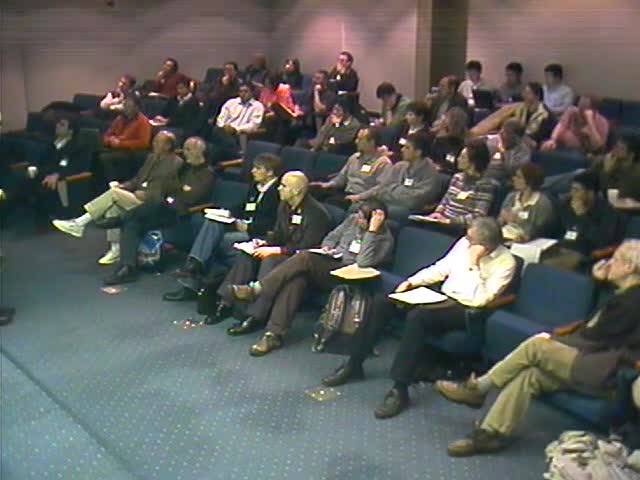Reduced vs. full system-bath quantum dynamics: Vibrational excitation and relaxation of adsorbates at surfaces
Presenter
January 13, 2009
Keywords:
- Quantum dynamics
MSC:
- 82C10
Abstract
Vibrationally excited adsorbates at surfaces have been suggested to be
useful precursors in a number of applications, ranging from spectroscopy
over quantum computing, to vibrationally mediated, bond-selective
chemistry. To selectively excite adsorbate vibrations, tailored infrared laser
pulses can be used, which are, however, perturbed by ultrafast vibrational
relaxation.
In this talk we shall present approaches of how to calculate vibrational
lifetimes, and the laser-driven excitation and quantum dynamics of
adsorbates at semiconductor (H/Si(100)) or at metal surfaces (CO/Cu(100) and
H/Ru(0001)). For this purpose a reduced description of this system
(molecule) / bath (surface) problem is chosen by applying
Markovian or non-Markovian open-system density matrix theory, often with
relaxation rates determined from perturbation theory. For H/Si, where vibrational
relaxation is due to vibration-phonon coupling, in addition a `full' approach is
adopted in which a multi-dimensional nuclear Schrödinger equation of the
system-bath type is solved by using efficient schemes based on single- or
multi-configurational time-dependent Hartree methods.
